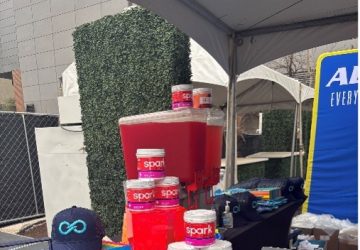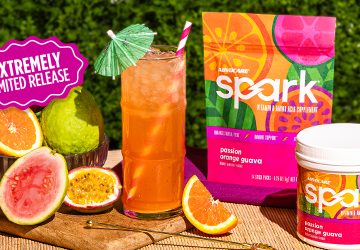Battling the elements outdoors during cold weather training or workouts can no doubt put extra strain on the body and/or reduce performance – if proper steps are not taken in advance.
Also, preventing injuries resulting from cooler temperatures needs to be a priority and focus, especially when temperatures drop below 0°C (32°F).
Living in Columbus, Ohio with my wife and four kids gives me a strong dose of cold weather throughout the year. Because physical fitness is a priority to me, I implement these strategies and tips often. In my experience of following them regularly, they have worked well.
Cold Weather Training
The body’s tolerance level to cold weather training tends to be much lower than that of hot weather training. Tweet This! Heat loss is an issue for concern and it can happen very rapidly in colder conditions. The body may have difficulty maintaining its ideal internal temperature.
Athletes or those with optimal fitness levels typically have higher levels of heat production due to their metabolic rate. However, if heat loss exceeds heat production, the body’s core temperature will start to decline. If it declines too much (below 35°C/95°F), hypothermia can develop and result in serious health problems.
Frostbite is also a potential threat when exposed tissue temperatures fall too low (below 0°C/32°F) due to winter training. This happens most often when skin is exposed. This can also occur in hands and feet even if covered.
There are other potential health risks and problems associated with very low temperatures, both in the environment and in the body. Tweet This!So, let’s prepare to avoid these risks and talk about three important things you can avoid some of these potential problems and set yourself up for success.
Top 3 Tips for Cold Weather Training Tweet This!
1) Layer up.
- Wear multiple layers of clothing to stay warm and help keep the body from losing heat. Tweet This! I like to wear compression as my base layer. There are some really cool advances in technology and apparel, and I like to utilize and try them all!
- After my base layer of compression tights and a long sleeved compression upper body shirt, I like to wear either loose athletic sweats or some type of clothing that doesn’t further restrict my movement.
- Layer number three is usually a windbreaker style jacket or potentially something a little bit thicker depending upon how cold it is outside. Lastly, I usually wear a beanie over my head (heat escapes the body from here very rapidly if left uncovered), gloves and an extra pair of socks.
- Remember, you can always remove layers if your body heats up appropriately and maintains an ideal temperature. Tweet This!
- It’s significantly harder to add layers than remove them. We are all likely to neglect to bring any extra clothes as we tend to underestimate our needs when it comes to cold weather workouts and training.
2) Warm up.
- The purpose of the warm-up is to increase your internal body temperature in preparation for the activity ahead. Tweet This!
- An effective warm-up should take your body’s joints through their optimal range of motion, and in some way, match the movement patterns you’re about to engage in (or the sport you’re about to play).
- Save the static stretch for another time. It’s important to get your blood flow going, and dynamic or active warm up exercises are the best way to do that – especially in the cold.
- Once your body temperature is increased your muscles will respond better and comply with the demands placed upon them. Tweet This!
3) Drink up and stay hydrated.
- Even though you are exercising in the cold, you can still get dehydrated. Tweet This!
- You likely won’t feel as thirsty as you would in a hotter climate, but you still need to drink plenty of fluids.
- If you don’t feel like drinking chilled or cold water, you can always fill your water bottle with lukewarm water instead.
These are three simple tips that will serve you very well during cold weather exercise. Tweet This! Again, it’s always better to over prepare than under prepare in cold temperatures.
Let’s stay warm – and active – this winter! Tweet This!




